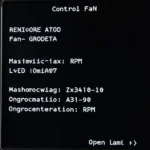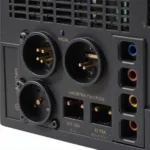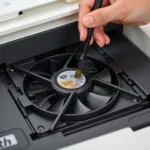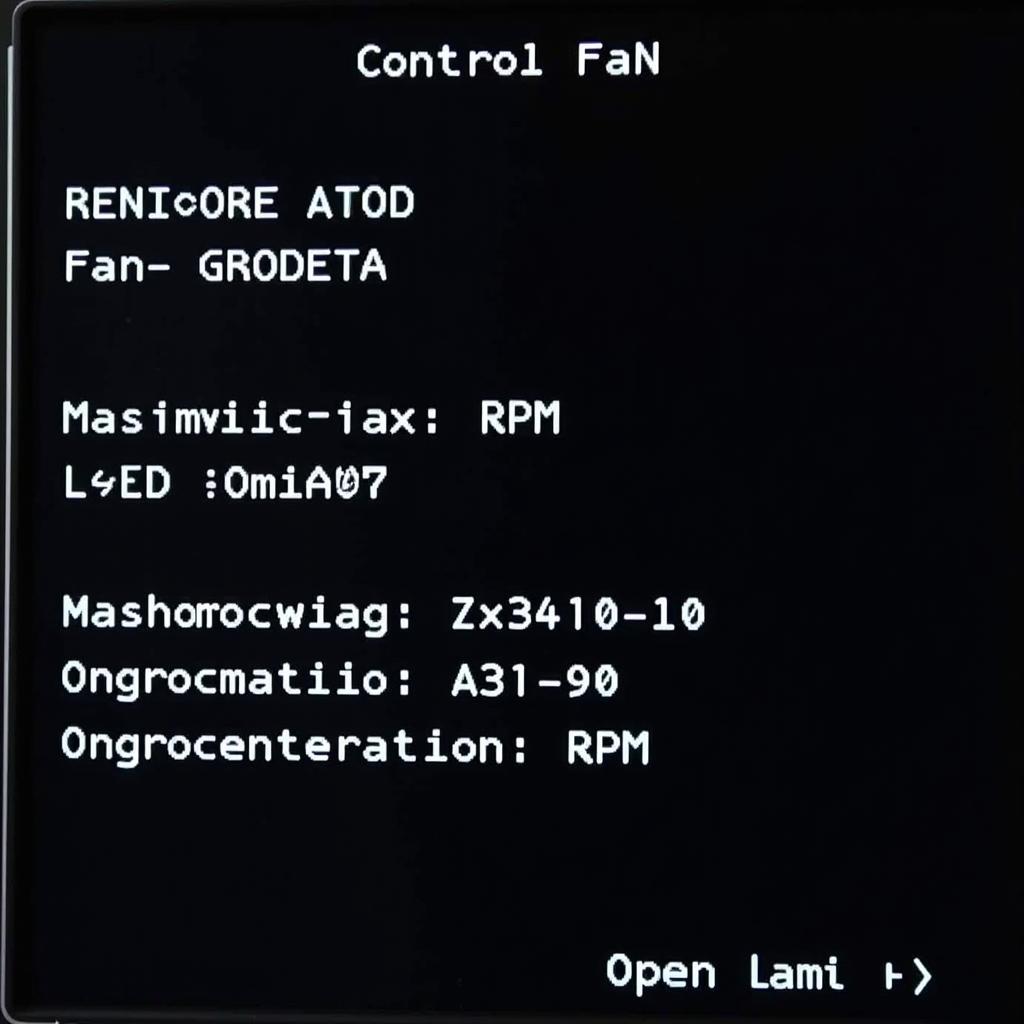Cross flow fans are a unique type of fan distinguished by their cylindrical design and ability to generate airflow in a direction perpendicular to the axis of the fan. This characteristic sets them apart from traditional axial or centrifugal fans, making them suitable for a range of applications where space constraints and directional airflow are key considerations.
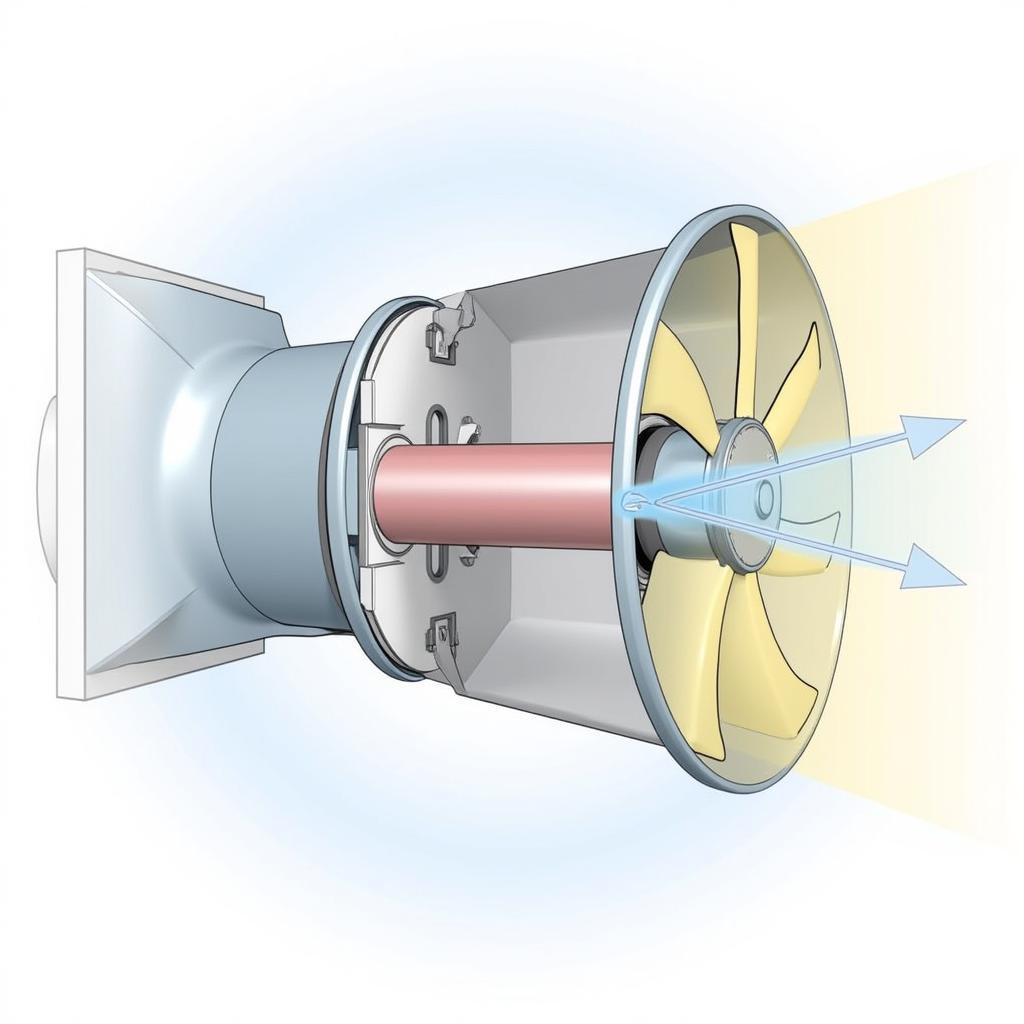 Cross Flow Fan Design
Cross Flow Fan Design
How Cross Flow Fans Work
Unlike conventional fans that move air parallel to the axis of rotation, cross flow fans, also known as tangential fans, utilize a unique impeller design to create airflow. The impeller, shaped like a long cylinder, features numerous small blades around its circumference. As the impeller rotates, these blades interact with the air, drawing it in from one side of the fan and expelling it out the opposite side in a sweeping motion. This airflow pattern, resembling a curtain of air, is what gives cross flow fans their name.
Advantages of Cross Flow Fans
The distinctive design of cross flow fans offers several advantages that make them well-suited for specific applications:
- Space Efficiency: The compact and flat profile of these fans allows them to fit into tight spaces where traditional fans might not be feasible.
- Directional Airflow: Cross flow fans excel at generating a wide and even airflow over a large surface area, making them ideal for applications requiring uniform air distribution.
- Low Noise Output: Compared to other fan types, cross flow fans operate relatively quietly, making them suitable for noise-sensitive environments.
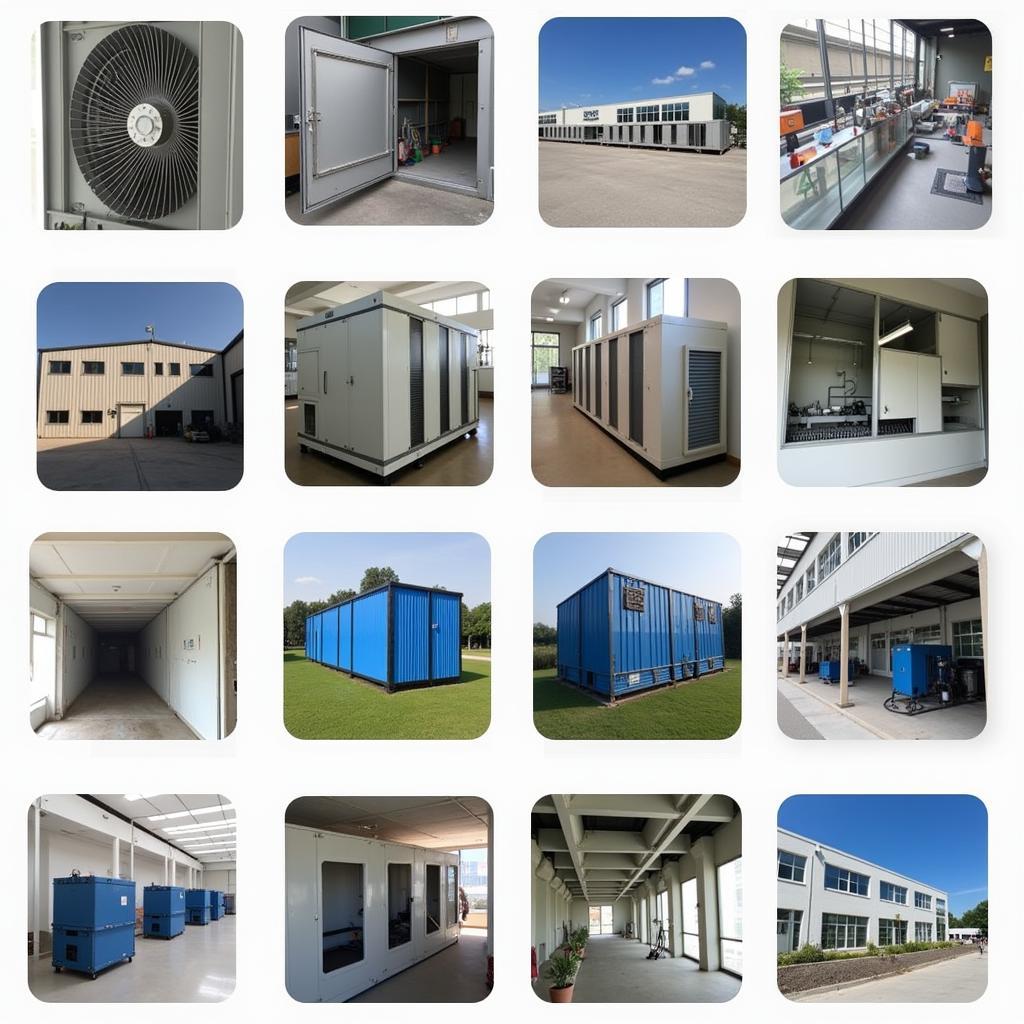 Applications of Cross Flow Fans
Applications of Cross Flow Fans
Common Applications
Cross flow fans find their niche in a diverse range of applications, leveraging their unique advantages:
- Air Curtains: Commonly seen in doorways of commercial buildings, cross flow fans create an invisible air barrier that helps maintain temperature separation and prevents insects and dust from entering.
- Trench Heaters: Cross flow fans are frequently used in trench heaters, where their ability to deliver a wide and even airflow proves highly effective in distributing heat along the floor.
- Automotive Industry: The compact size and efficient airflow of cross flow fans make them suitable for use in automotive climate control systems, particularly in confined spaces.
- Electronic Cooling: The gentle and uniform airflow produced by cross flow fans is beneficial for cooling sensitive electronic components, preventing overheating and ensuring optimal performance.
“Cross flow fans offer a unique combination of space efficiency, directional airflow, and quiet operation, making them a valuable solution in various applications,” notes John Smith, a leading HVAC engineer with over 20 years of experience in the industry.
Selecting the Right Cross Flow Fan
When choosing a cross flow fan, several factors should be considered:
- Airflow Requirements: Determine the required airflow rate (measured in cubic feet per minute or cubic meters per hour) to ensure the fan can meet the specific application’s needs.
- Static Pressure: Consider the resistance to airflow in the intended application, as higher static pressure requires a more powerful fan.
- Noise Level: Check the fan’s noise output specifications to ensure it aligns with the desired noise level for the environment.
- Physical Dimensions: Carefully measure the available space and ensure the chosen fan’s dimensions fit within the constraints.
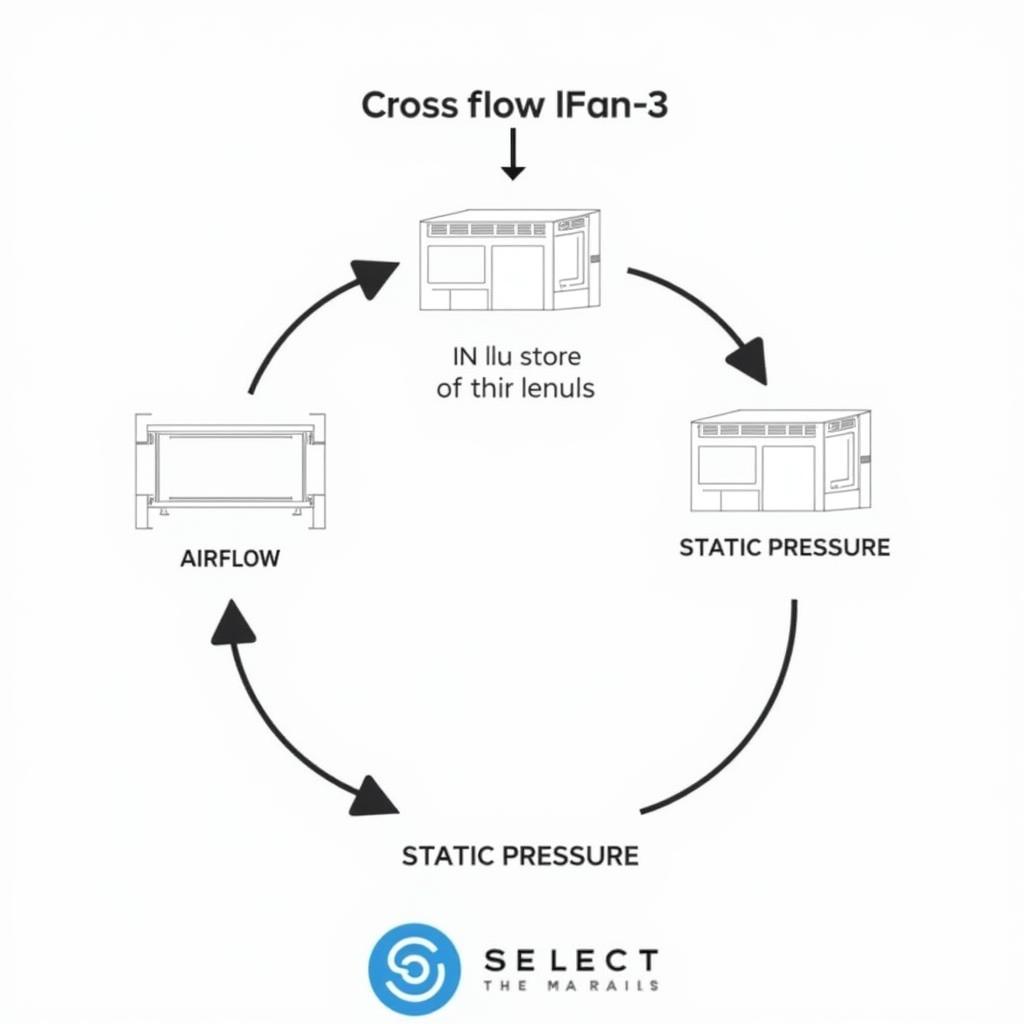 Choosing the Right Cross Flow Fan
Choosing the Right Cross Flow Fan
Conclusion
Cross flow fans, with their distinctive design and airflow characteristics, offer a specialized solution for applications demanding space efficiency, directional airflow, and quiet operation. From maintaining comfortable indoor environments with air curtains to ensuring optimal performance in electronic devices through effective cooling, cross flow fans play a crucial role in various aspects of modern life. When selecting a cross flow fan, careful consideration of factors like airflow requirements, static pressure, noise level, and physical dimensions will ensure optimal performance and satisfaction.
FAQs
Q: How long do cross flow fans typically last?
A: The lifespan of a cross flow fan varies depending on factors like usage, maintenance, and operating environment. However, with proper care, they can last for several years.
Q: Can cross flow fans be used for exhaust ventilation?
A: While typically used for supply air, some cross flow fan models are designed for exhaust ventilation purposes.
Q: Are cross flow fans energy-efficient?
A: Cross flow fans can be quite energy-efficient, especially when compared to larger, more powerful fan types used for similar applications.
For additional information on specific types of fans, you can explore resources on crossflow fan for trench heater or browse a directory of cross flow fan manufacturers. To learn more about fan accessories, check out our comprehensive guide on fan filter options.
If you require further assistance in selecting the right cross flow fan for your needs, please don’t hesitate to contact us. Our team of experts is available 24/7 to provide personalized guidance and support. You can reach us at phone number: 0903426737, email: [email protected], or visit us at our office located at: Group 9, Area 6, Gieng Day Ward, Ha Long City, Quang Ninh, Vietnam.
